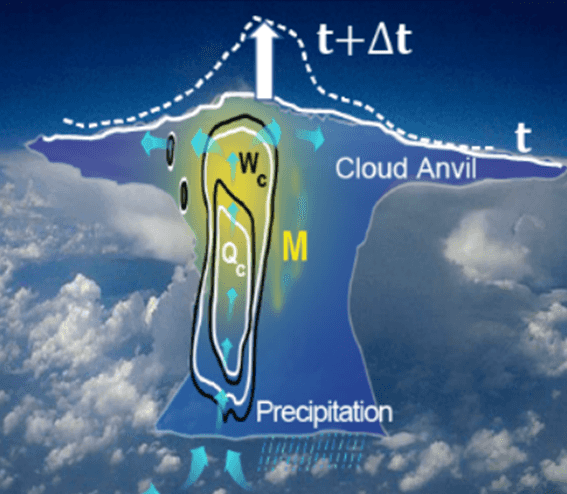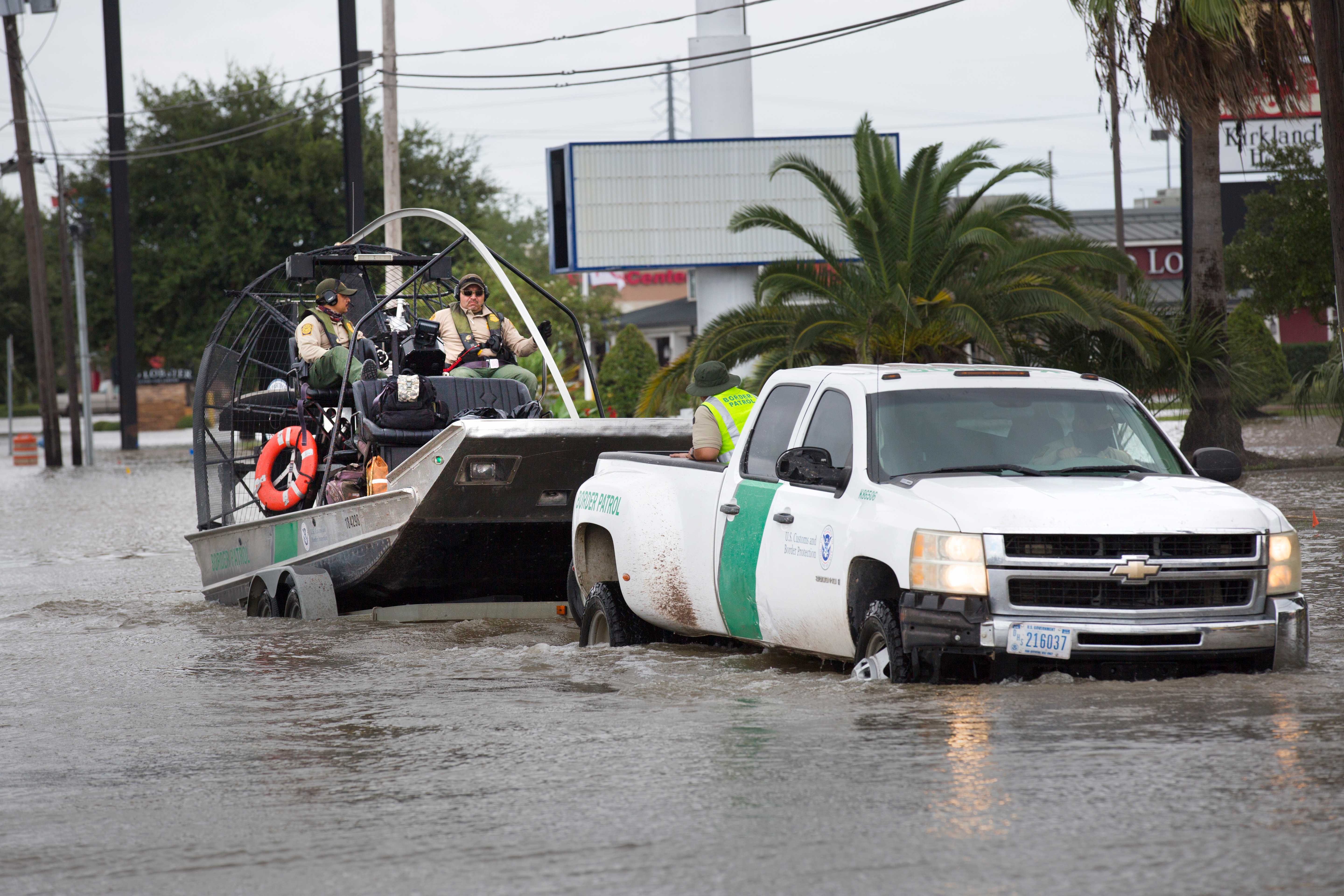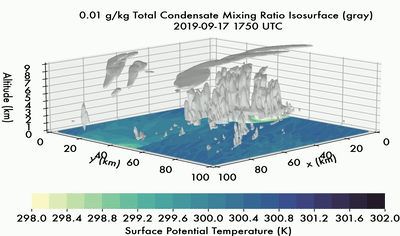Science Goals and Objectives
The goal of INCUS is to understand why, when and where tropical convective storms form, and why only some storms produce extreme weather.
Convective storms are the source of more than half the precipitation and are the cause of most severe weather on earth. The frequency of extreme weather has increased over the last 40 years, and is expected to continue increasing with warming climates. Despite the fundamental role that convective storms occupy in the atmosphere, our understanding of convective storm processes is limited. While numerical models can help bridge this gap, there are major uncertainties in their representation of convective clouds. At present, the vertical transport of water and air within our most advanced numerical models can differ from case study observations of convective mass flux by more than 200%. Therefore, INCUS is needed to provide the first tropics-wide investigation of the evolution of the vertical transport of air and water by convective storms, which will bridge the gap and enhance our understanding of these important parts of our atmosphere.

Convective-scale through global circulations impacted by convective mass flux
Convective storms transport air and water vertically in the atmosphere and provide mixing in the planetary boundary layer and troposphere and is called Convective Mass Flux (CMF). CMF is important for a variety of convective-scale through large-scale global circulations in our atmosphere. A summary of these impacts are as follows:
Convective-scale circulations
The development of deep convection can occur on very short timescales with possible vertical development of strong convective thunderstorms. Deep convection transports water, aerosols, and trace gases from the lower to upper troposphere. Severe and high-impact weather, including tornadoes, hail, and flooding, can result from deep and intense thunderstorms with very strong CMF.
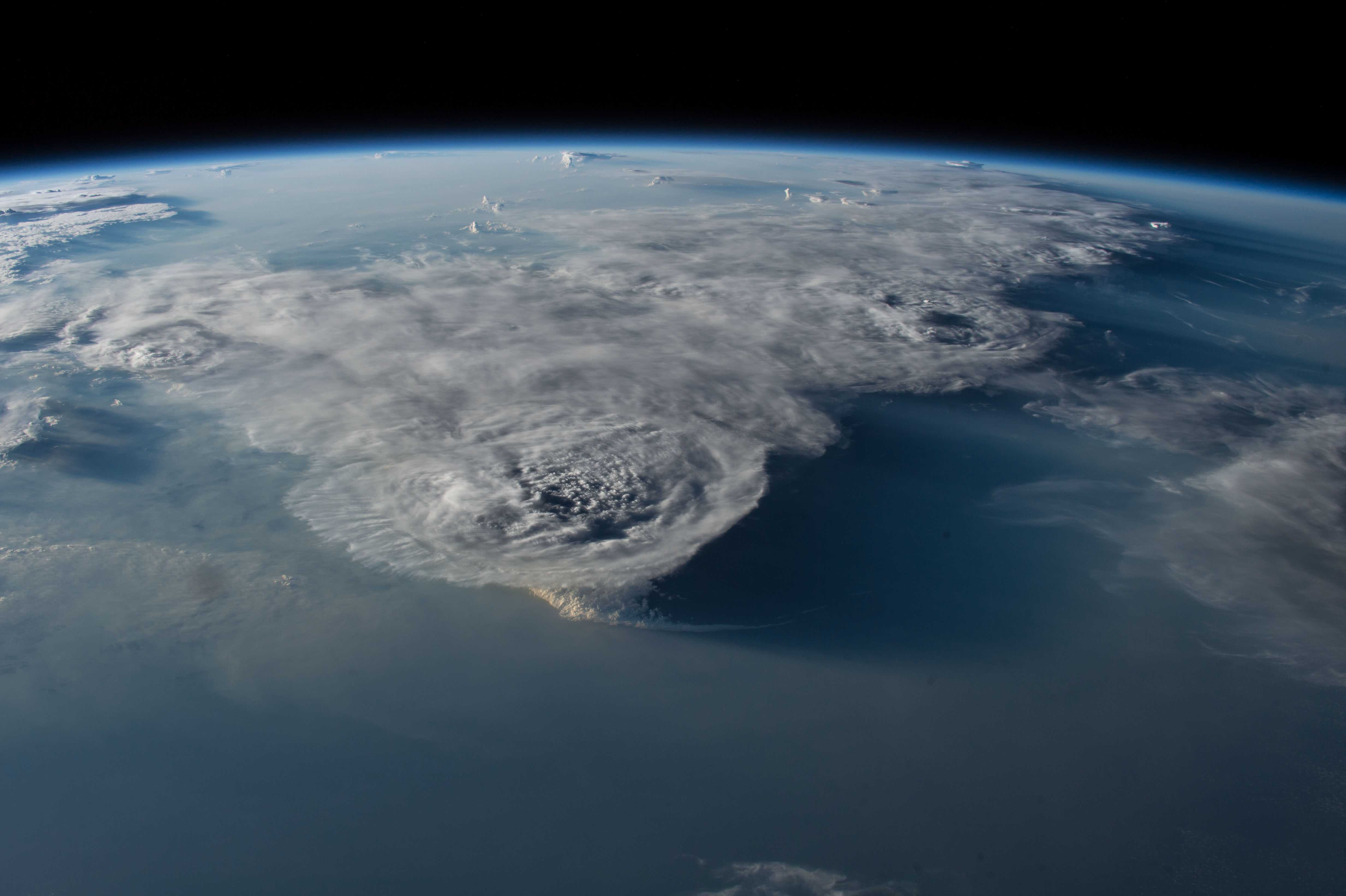
Large-scale global circulations
In the tropics, preferred regions of convective storm development (e.g., in the tropics along the Intertropical Convergence Zone; ITCZ ) and the vertical transport of energy and water are important in driving the Hadley Cell.
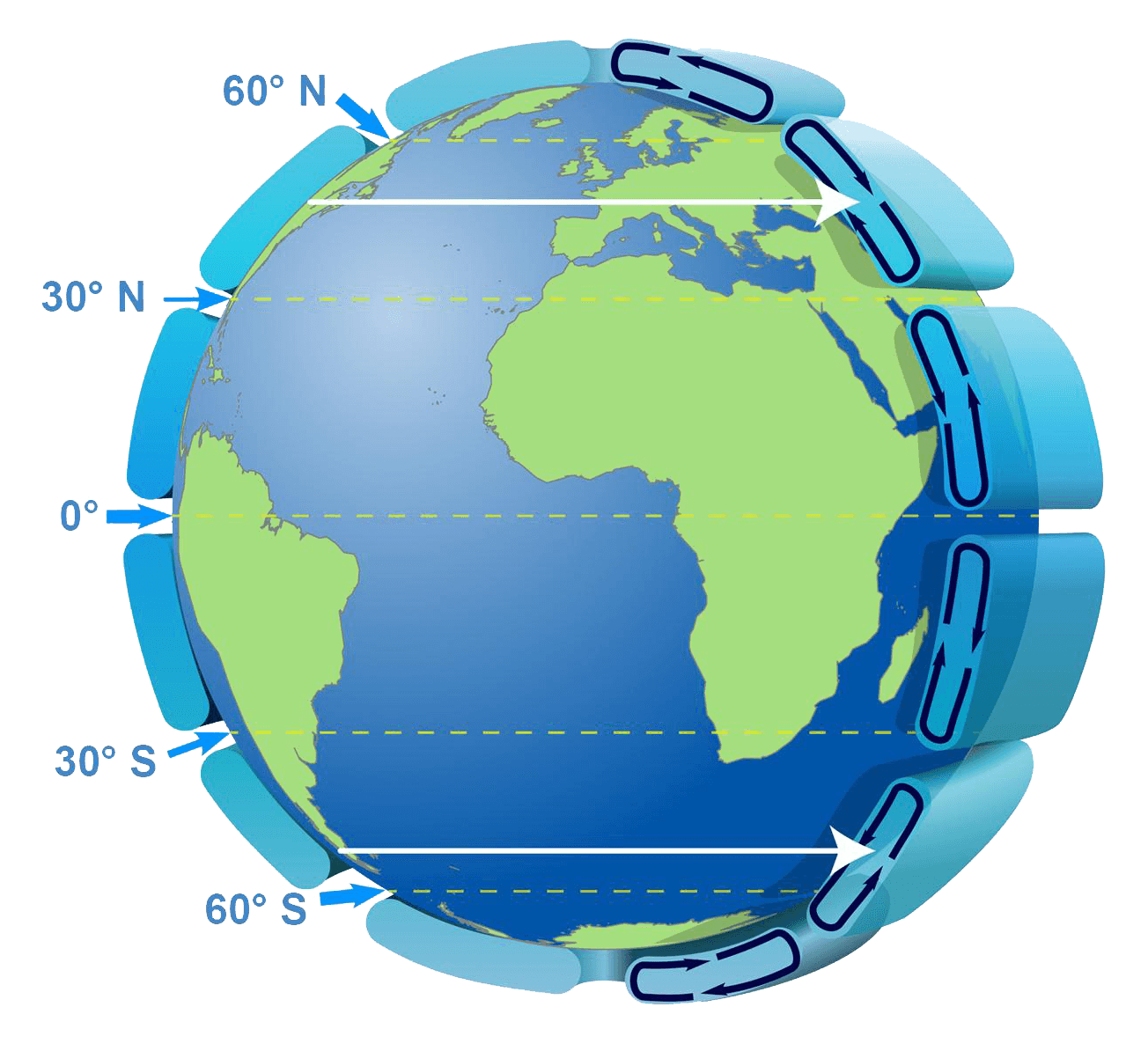
Thus, convective storms play a critical role in the vertical transport of air and water globally, with implications for upper tropospheric moistening, aerosol transport, radiation impacts, high-impact and severe weather, and large-scale global circulations.
INCUS Objectives
- Determine the predominant environmental properties controlling convective mass flux in tropical convective storms.
- Determine the relationship between convective mass flux and high anvil clouds.
- Determine the relationship between convective mass flux and the type and intensity of the extreme weather produced.
- Evaluate these determined relationships between convective mass flux and environmental factors, high anvil clouds, and extreme weather in weather and climate models.
